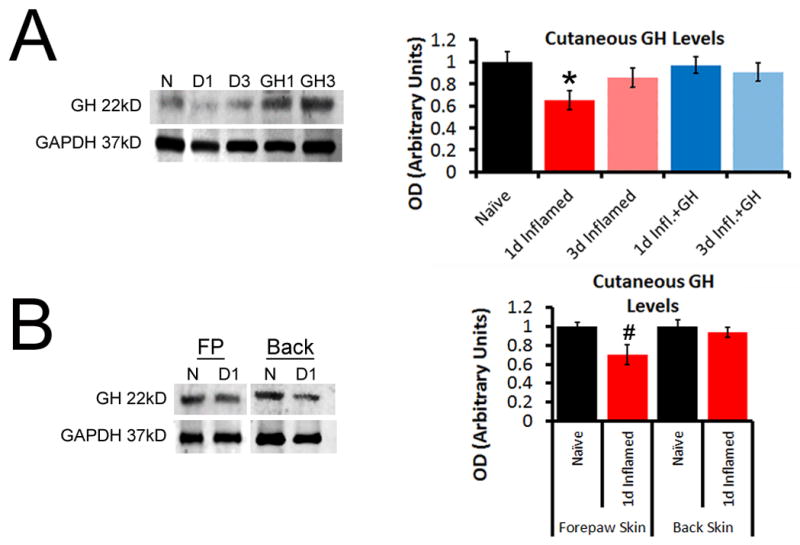Figure 1. Cutaneous GH protein expression with or without exogenous GH delivery after hairy skin inflammation at P14.

A: At P14, GH was found to be significantly reduced in the inflamed hairy hindpaw skin 1d after peripheral injury. Levels in the inflamed area were reduced 35% (±9%) relative to that observed in naïve hairy skin, but returned to naïve levels by day 3 (D3). Treatment of mice with exogenous GH for three days prior to injury was able to block the reduction in GH levels found after cutaneous inflammation. B: Analysis of naïve forepaw (FP) or back skin, or cutaneous tissue from these same regions obtained from mice 1d post carrageenan injection into the hairy hindpaw skin at P14, showed no differences in GH levels. The decrease in GH expression that was found in the FP skin after hindpaw skin inflammation, was determined to be a 29% (±10%) reduction, but this was not found to be statistically significant vs. naïve FP skin. n=3–4/ group, * p<0.05 vs. naïve, # p<0.07 vs. naive; One-way ANOVA/Tukey’s post hoc.
